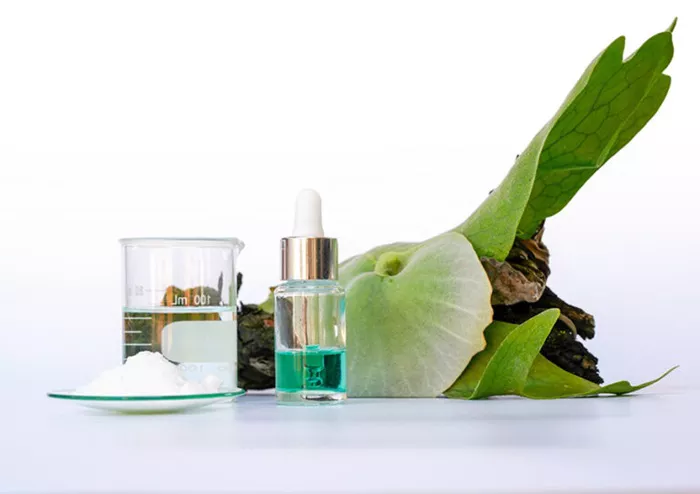Retinol, a derivative of vitamin A, is a cornerstone in many skincare regimens, celebrated for its multifaceted benefits. It is primarily known for its ability to enhance skin texture, reduce the appearance of fine lines and wrinkles, and combat acne. As a retinoid, retinol works by accelerating skin cell turnover, promoting the shedding of dead skin cells and the emergence of new ones. This process not only rejuvenates the skin but also stimulates collagen production, which is crucial for maintaining skin elasticity and firmness. Incorporating retinol into your skincare routine can be transformative; however, understanding when and how to use it is essential for maximizing its benefits while minimizing potential side effects. Typically, retinol is applied as part of an evening skincare routine due to its sensitivity to sunlight.
The Role of Retinol in Your Skincare Routine
Retinol is generally considered an active treatment step in a skincare regimen. It should be used after cleansing and before moisturizing. The typical order of application in a skincare routine is as follows:
1. Cleansing: Begin with a gentle cleanser to remove makeup, dirt, and excess oil.
2. Toning (optional): Some individuals choose to apply a toner to prepare the skin for better absorption of subsequent products.
3. Active Treatments: This is where retinol comes into play. After your skin is clean and dry, apply a pea-sized amount of retinol evenly across your face, avoiding sensitive areas like the eyes and mouth.
4. Moisturizing: Follow up with a hydrating moisturizer to lock in moisture and mitigate any potential dryness caused by retinol.
5. Sunscreen (next morning): Since retinol can increase sun sensitivity, applying sunscreen during the day is crucial.
How to Introduce Retinol into Your Routine
Introducing retinol into your skincare routine requires a gradual approach to minimize irritation:
1. Start Slow: Begin by using retinol once or twice a week. This allows your skin to acclimate to the active ingredient without overwhelming it.
2. Observe Your Skin’s Response: Pay attention to how your skin reacts. If you experience excessive redness or peeling, reduce usage frequency until your skin adjusts.
3. Increase Gradually: Once your skin has adapted, you can gradually increase the frequency of application up to every other night or nightly as tolerated.
4. Choose the Right Formulation: Retinol products come in various formulations (serums, creams), so select one that suits your skin type and concerns.
5. Combine with Hydrating Products: To counteract potential dryness from retinol, consider layering with hydrating serums or moisturizers that contain ingredients like hyaluronic acid or ceramides.
See Also: What Is Retinol Used For In Skin Care?
Potential Side Effects of Retinol
While retinol offers numerous benefits, it can also cause side effects, particularly when first introduced:
Dryness and Peeling: Many users experience dryness or peeling as their skin adjusts to retinol. This is often temporary but can be managed with moisturizers.
Redness and Irritation: Some individuals may notice redness or irritation following application. If this occurs, reduce frequency or consult a dermatologist.
Sun Sensitivity: Retinol increases sun sensitivity; therefore, daily sunscreen application is imperative when using these products.
Best Practices for Using Retinol
To maximize the effectiveness of retinol while minimizing side effects:
Apply on Dry Skin: Ensure your face is completely dry before applying retinol to reduce irritation.
Use Pea-Sized Amounts: A small amount goes a long way; using too much can increase the risk of irritation without providing additional benefits.
Avoid Mixing with Certain Ingredients: Be cautious about combining retinol with other potent actives like alpha hydroxy acids (AHAs) or beta hydroxy acids (BHAs) as this may lead to increased irritation.
Consider Skin Cycling: Some individuals adopt a “skin cycling” method where they alternate between active treatments (like exfoliants) on different nights to give their skin time to recover.
Consult with Professionals: If unsure about how to incorporate retinol into your routine or if you have specific skin concerns, consulting with a dermatologist can provide personalized guidance.
Conclusion
Retinol serves as an essential step in many effective skincare routines due to its powerful anti-aging properties and ability to treat various skin concerns. By understanding how and when to use it appropriately—along with recognizing potential side effects—individuals can harness its benefits for clearer, smoother, and more youthful-looking skin. As with any active ingredient in skincare, patience and consistency are key; results may take time but are well worth the effort invested in proper usage.
[inline_related_posts title=”You Might Be Interested In” title_align=”left” style=”list” number=”6″ align=”none” ids=”12407,12390,12358″ by=”categories” orderby=”rand” order=”DESC” hide_thumb=”no” thumb_right=”no” views=”no” date=”yes” grid_columns=”2″ post_type=”” tax=””]


































